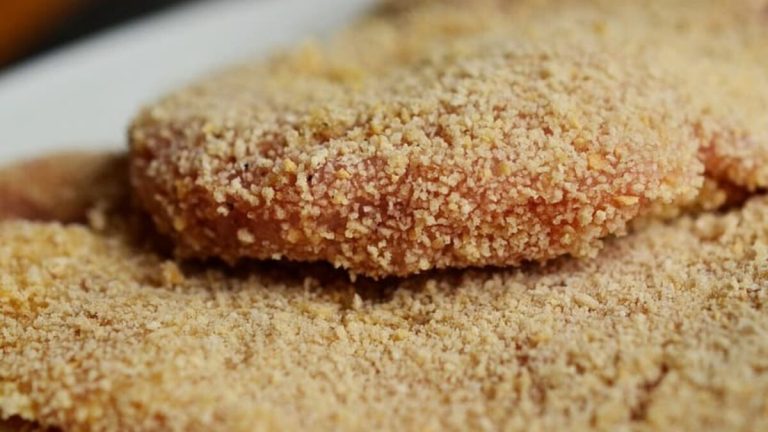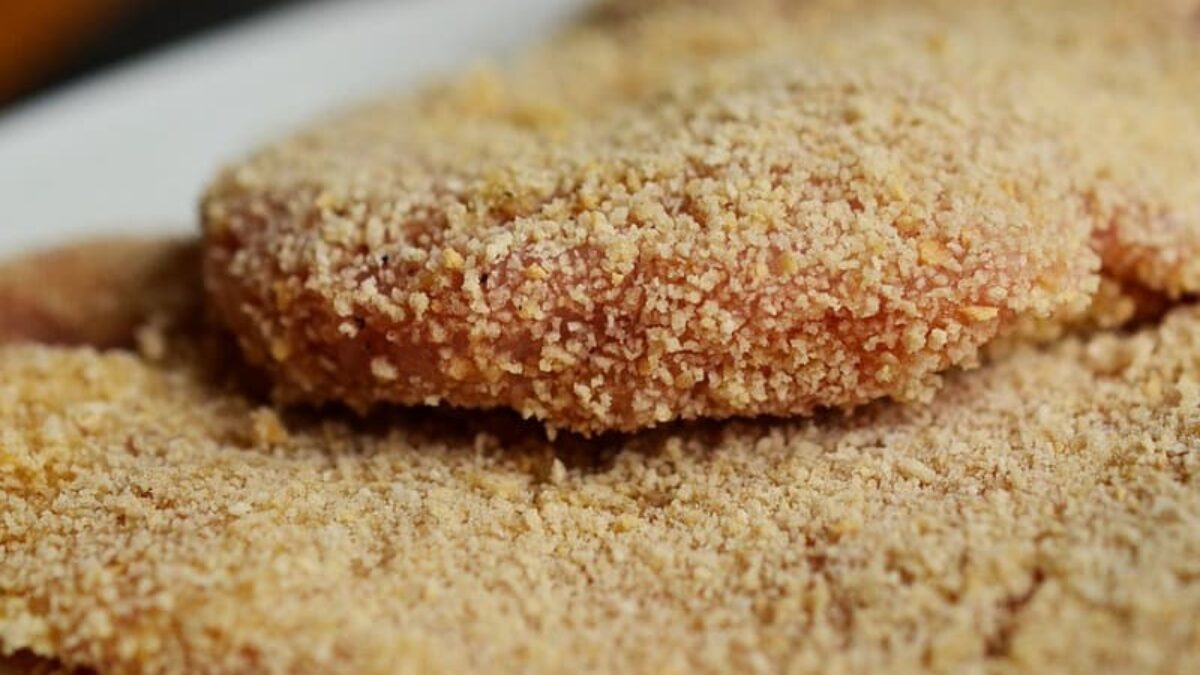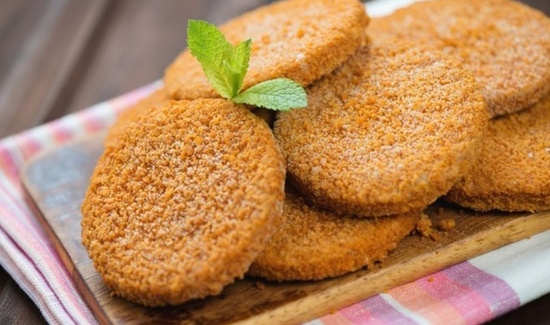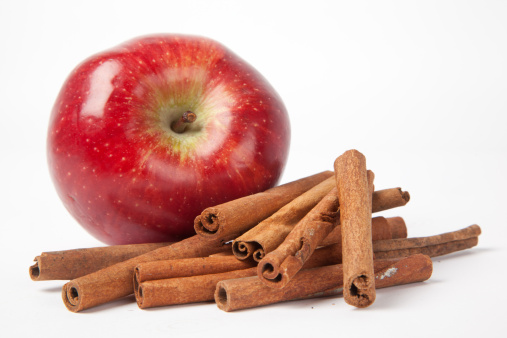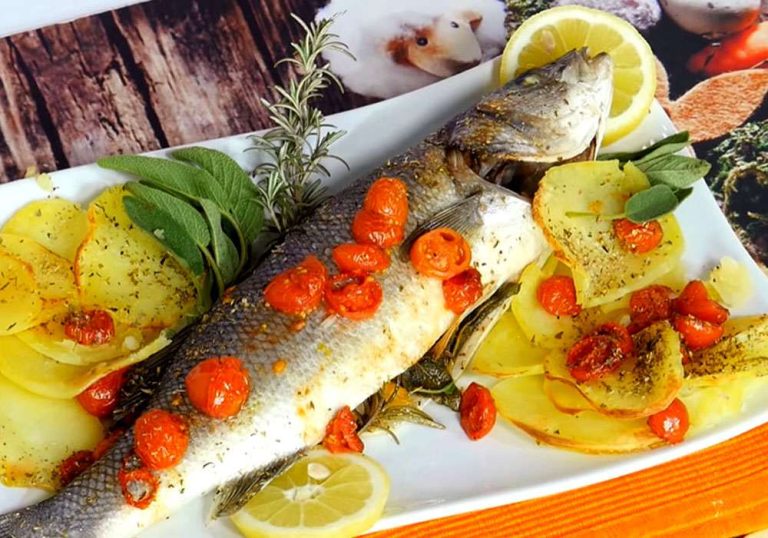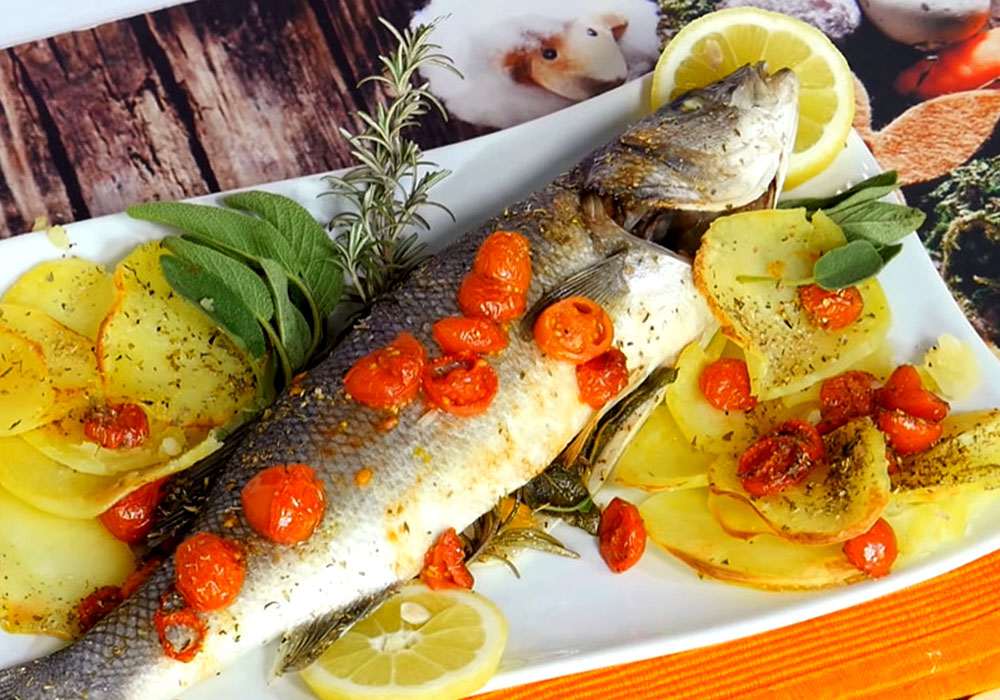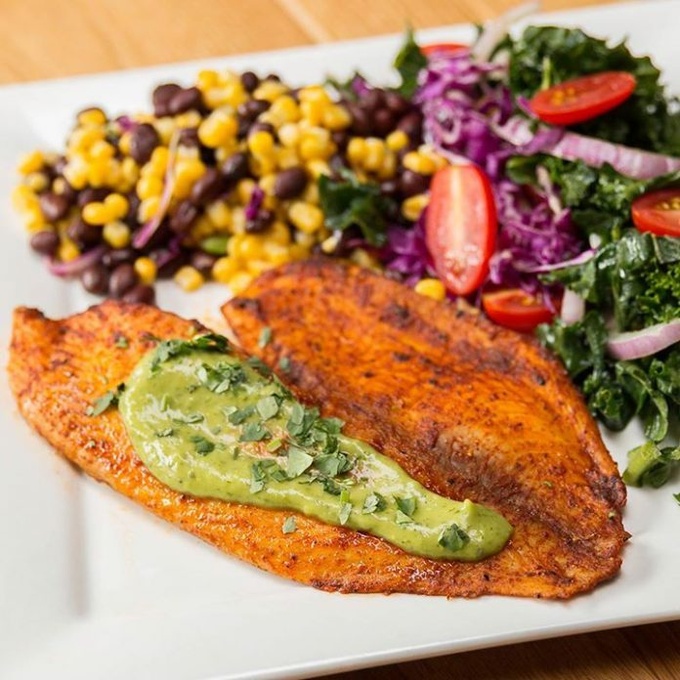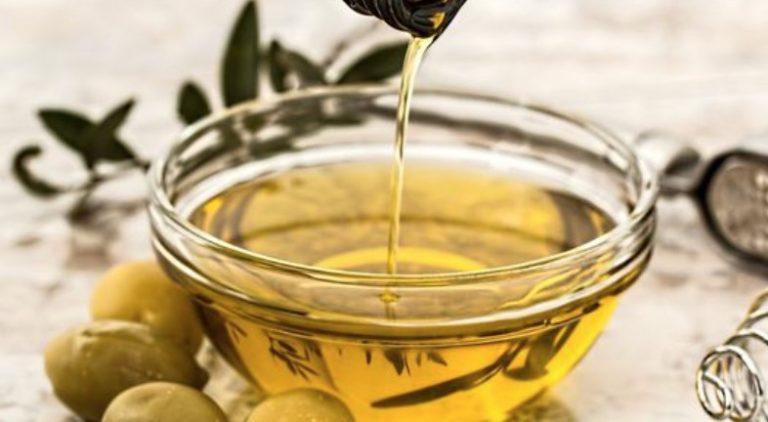Do you have the feeling that your coffee consumption has increased indefinitely and you urgently need a coffee substitute with a fresh kick? Or do you just want to try something different, but don’t want to miss out on the wake-up effect in the morning? We present you some caffeinated beverages, but also decaffeinated alternatives that are more or less known to be a good substitute for coffee.
Black tea

One of the most popular coffee substitutes is black tea. The advantage of tea is its slower but usually longer-lasting effect. Although caffeine or theine is also included, since this is bound to other substances, it takes longer for the desired stimulant effect to develop. However, if you are looking for a quick caffeine kick in the morning, you should rather grab an espresso or coffee.
Green tea
Believe it or not, green tea is a perfect pick-me-up as it is also a caffeinated beverage. The difference to black tea is that green tea is not fermented. Thanks to its binding to numerous amino acids and tannin bonds, the caffeine acts very slowly and gently. The effect of the caffeine also lasts much longer.
A very special green tea is matcha tea. It is given as a powder in hot water and foamed with a bamboo whisk. This coffee substitute contains many vitamins and other healthy ingredients that result from gentle processing. In addition, the powder is made from whole tea leaves, so you can consume all the ingredients. When preparing the tea in a bag, the ingredients are removed from the tea by removing the leaves.
Cola
Cola is also known for its refreshing and invigorating effect. As a caffeinated drink, it is enjoyed on many occasions – especially on hot days as a popular coffee substitute. One reason to reach for the cola is the stimulant effect. Thanks to the caffeine and sugar it contains, tiredness quickly dissipates and we become fit and alert. Unfortunately, this effect does not last long.
Energy drinks/ Guarana pick-me-up
Thanks to the caffeine it contains, guarana stimulates the cardiovascular system and is therefore often found in energy drinks and lemonades. But Guarana is also found in some types of cocoa and chocolate. However, since this is bound to tannins, it takes a while for the guarana stimulant to take effect and for the effect to wear off again.
Because the amount of caffeine is regulated in Germany, energy drinks may not contain more than 32 mg of caffeine per 100 ml.
Mate tea
Originally, the term Mate referred to a drinking vessel from which the infusion with finely chopped Mate leaves was drunk. However, this name has also prevailed for the drink. With us, however, the infusion drink is better known as a bottled soft drink.
The caffeine content per bottle is about as much as a 150 ml cup of coffee and contains only half the sugar compared to cola. This caffeinated drink can therefore also be described as a coffee alternative.
Ginger water
But not only caffeine can trigger a waking effect. Hot spices can boost the metabolism and stimulate blood circulation. This wakes you up and doesn’t make you tired so quickly. You can simply pour honey over hot ginger pieces or slices and then enjoy.
Hot lemon

Thanks to the high vitamin C content, which stimulates the metabolism, a hot lemon can drive away tiredness. The extra vitamin kick provides more energy and an increase in concentration. A pick-me-up that does not require any caffeine and is very healthy.
Ultimately, your taste decides which alternative is the best coffee substitute. Do you prefer a hot lemon or do you grab a guarana pick-me-up? As a coffee lover to coffee lover, however, we recommend that you limit your coffee consumption a little and enjoy your favorite drink more consciously. Because you don’t want to do without a quick caffeine kick in the morning, do you?




